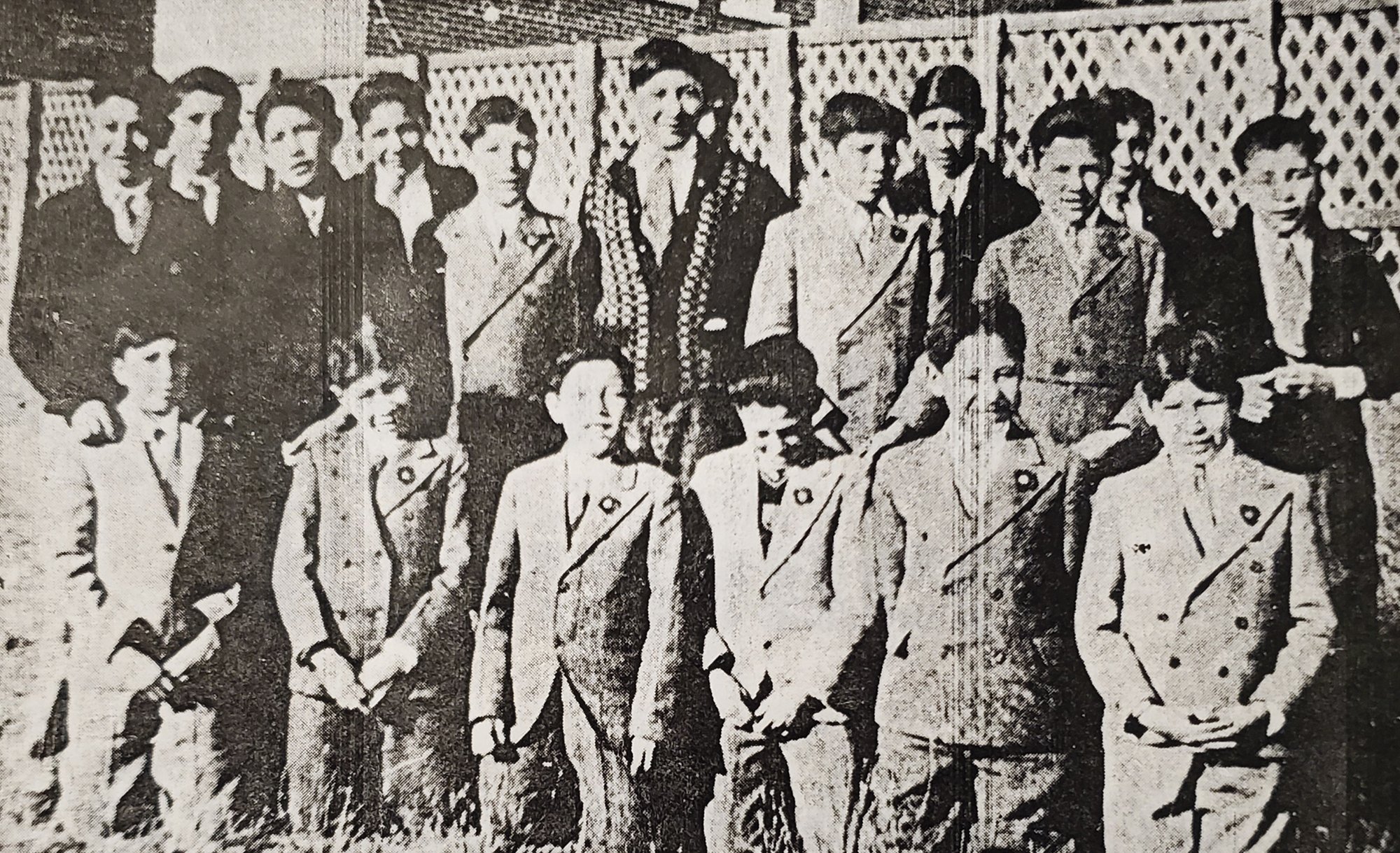When I was in the midst of working on my 2016 poetry collection, The Red Files (Nightwood Editions), which reflects on the legacy of the residential school system – its impacts on families and histories – I had a conversation over casual drinks with friends of friends, people I didn’t know. The topic arose that I was a writer (none of them were). Asked what I was working on, I replied,
“A collection of poetry.”
“About what?”
“Well,” I hesitated. “My process has been to examine residential school photos and other archival sources and create poems from that experience.” We were in the dim amber lighting of a pub – the kind that puts you in a relaxed mood and lets you lower your defences over a couple of beers, enjoy a few laughs and some lighthearted conversation. I sensed the question, and more specifically my response, threatened to alter the mood. But I didn’t yet have one answer about my residential school poetry for those who do not know or think about colonial history and its impacts on Indigenous lives, and another for people who get it and are on the same page. In that moment, I simply answered a question about my work – work that was encompassing and consuming and thoughtful and deep – as if we were all coming from similar understandings about the world. I soon realized I should have more consciously thought about the fact that I was the only Indigenous person at the table. But, like I mentioned, my defences were down.
In reaction to my answer about examining residential school photos and documents, one of the individuals blurted out, “What for?” with a force that was nearly physical, in a tone filled with revulsion and horror. They seemed truly bewildered as to why I would want to look so closely at such a thing. As if I was writing poetry about excrement instead of about people, family members, and ancestors.
I’ve dissected that response over time, years in fact, and concluded that it was based on a non-Indigenous interpretation of residential school history, one that categorizes it as ugly and repulsive – too horrible to look at. But that response glosses over the fact that it’s only those in a privileged position who get to choose. Looking away is not an option for Indigenous people – it’s not for us to choose to look away from our families, relatives, ancestors; from a colonial history we didn’t ask for or deserve; from our own blood memory. We cannot simply opt out.
But what that dismissive response also misses, more importantly, is an appreciation that the history of our families and communities is full of love. What I couldn’t explain in that bar, in its warm amber light over a glass of beer, was what was happening to me as I wrote those poems – what I was in the middle of experiencing. The ways I was learning to be cognizant, daily, of tenderness. The ways I connected and reconnected with my relatives, my ancestors, as I read and observed and circulated their stories and their images – their essences – through my mental and physical being. How I was transformed, repeatedly, by the experience. The ways I was mindful of care – the new resonance the word care-ful held for me. And, most of all, how I was learning to approach the work with love.
How could I even hope to make those monias people see the children I saw in the photos from my grandparents’ community? The little boys, particularly in one photo, laughing at something, the camera clicking at exactly the right moment, and how I latched onto their obvious joy as if my life depended on it. I wanted those boys to have that more than anything – to have joy and laughter. That was my wish for the children of that school. If residential schools stripped away Indigenous children’s humanity, deprived them of the love that any child deserves, then I wanted to offer love and compassion to them in my words and my depictions; if I could have hugged them, I would have – their child spirits, their innocence. I wrote as much with my heart as my head. More even.
Maybe what I was experiencing was part of an ethical remembering. A collective ethic of blood-memory-love where we rely on one another, exist in relationship to one another – us, in the here and now and the various generations back as far as I can trace – in order to create and recreate and, ultimately, love ourselves. What I mean to say is: I do not exist without them – biologically, yes, but also spiritually, as I am created and recreated repeatedly by the act of knowing them. Likewise, their continued existence is reliant upon my creative work bringing them to life again and again as imagined subjects. And I will pass this imaginative gift along to my children, and they to theirs. In this iterative process, we compose one another across generations and time.
This circular building of identity, this imaginative work, is my response to the question, “What for?” The 215 children’s graves discovered in May at the site of the former Kamloops Indian Residential School opens the wound again for those innocent victims – not the first and not the last. My response is to repeat: I love you, I see you, I hold you. I don’t know what else to do as we grieve our children, our ancestors, our blood memory, ourselves.
For the children, for the future, for the past; that’s what for.
Lisa Bird-Wilson’s first novel Probably Ruby (Doubleday Canada) will be published this August.

 Contact us via email
Contact us via email

